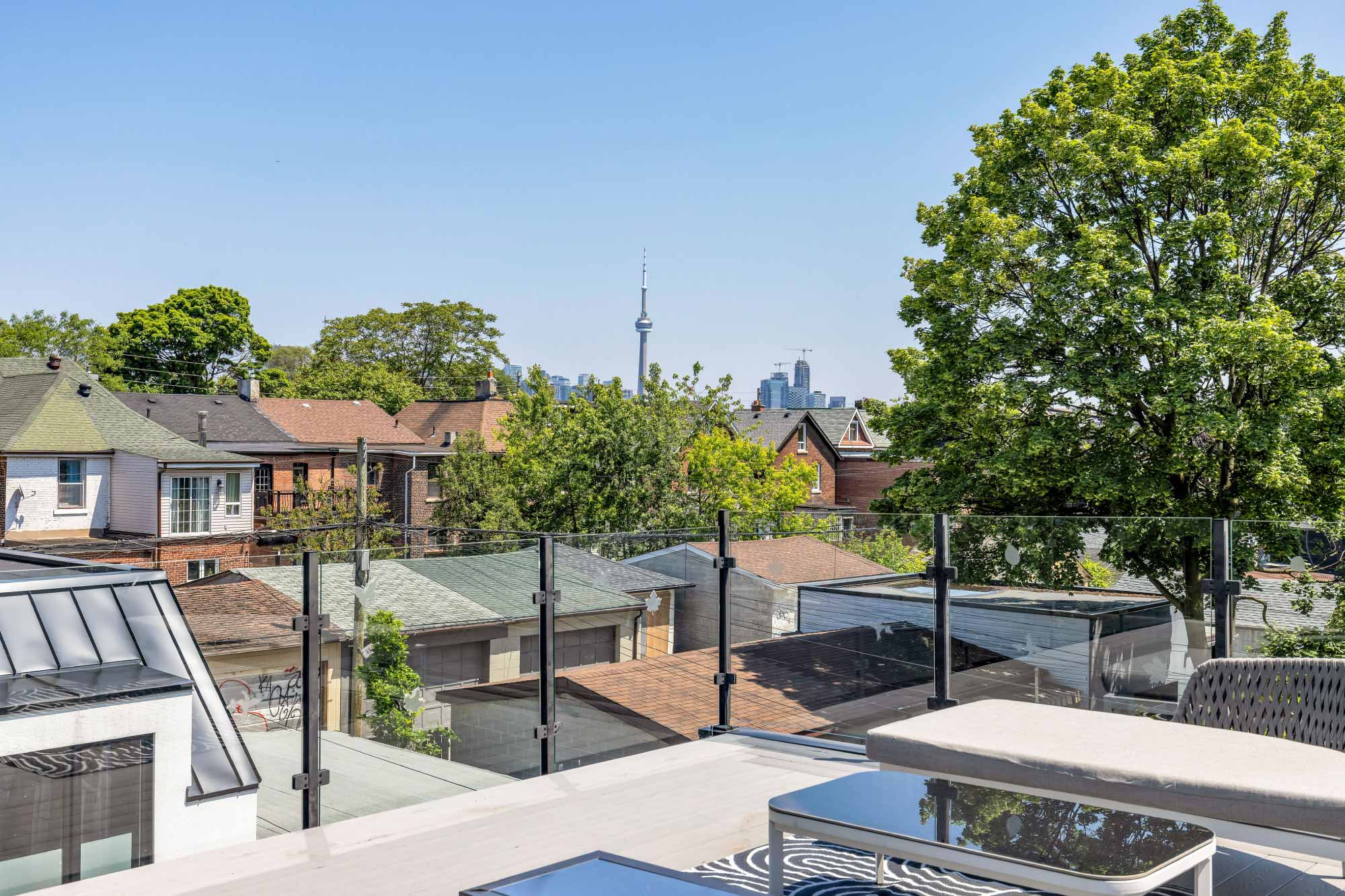Divorce is never a pleasant topic, but it is an unfortunate reality of modern life. Sometimes, it’s in the best interest for everyone for a couple to go their separate ways. Ideally, the split will be amicable, especially if young children are involved. One of the first questions you will have when facing a potential separation is how assets are divided in a divorce in Ontario. Let’s start with a disclaimer: we are not lawyers, and we highly recommend obtaining legal counsel, even if you are on friendly terms with your former partner.
What we can do is provide you with some general rules about the division of assets in a divorce. Depending on the situation, you might decide to sell the home to buy a new house for a fresh beginning, or come to an agreement to keep the property.
Want to stay up to date with the latest in Toronto real estate? Get news about our latest listings and insights on the market by subscribing to our newsletter.
Matrimonial Home Rights: Ontario
A couple who has been together for a long time will generally accumulate numerous assets, all of which will have to be examined upon a separation. If you owned real estate, one question will inevitably rise to the top of the list; in a divorce, who gets the house?
The answer depends on the situation. Is it the matrimonial home that you shared together? The Family Law Act has specific rules about the matrimonial home (owned by one spouse in Ontario or both). Note that these apply to married couples. Division of property is different for common law couples because they do not have automatic equalization rights.
Regardless of whose name is on the title, each married spouse has equal rights to occupy and possess the property. That means the pre-marital value cannot be deducted from the Net Family Property (NFP) when assets are divided. It’s a point of contention when one partner owned the house before their spouse moved in.
However, the law is clear, although court orders and contracts can create exceptions. For example, you may have a signed marriage contract before living together. Also known as a pre-nuptial agreement, it can change the equalization rules.
You’ll have several options once your divorce becomes final. What should you do next? The posts below can open some possibilities:
- How to Downsize After a Divorce
- Should You Buy a House Close to a School?
- How Can You Make Your New House a Home?
What Happens to Property Owned Before Marriage in Ontario?
Before we continue, what is the matrimonial home? It’s a special class of asset during a separation so it’s a critical concept to understand.
The house you share together undoubtedly qualifies. However, even a vacation house or second property can be considered the matrimonial home if you spent time there as a family.
If it’s not the matrimonial home, then the division is based on equalization and not necessarily split down the middle. Let’s say your partner owned an investment property before you met.
You’ve never lived in the house, nor have you contributed to its expenses or received any income from it. Unlike the matrimonial home, the pre-marital value can be deducted from the NFP.
- Keep in mind that equalization is calculated on your entire net worth as a family. However, to keep it simple, here’s an example based on one asset (not the matrimonial home):
- Imagine the investment property was worth $500,000 when you got married.
- After 10 years of marriage, you decide to separate. During this time, the house has risen in value to $600,000, a $100,000 increase.
- The division is an equalization of NFP, not necessarily a 50% split. In the case of property owned before marriage, the original partner keeps the pre-marital value. It’s only the increase in value from the time of the marriage to the separation that is split. Based on this calculation, you are entitled to $50,000, which represents your portion of the appreciation.
Should you sell or keep your property? The posts below might help you decide:
Who Gets the House in a Divorce With Children?
Divorce is hard on everyone, and children are particularly affected.
When young children enter the picture, a court might give one partner the right to “exclusive possession.” This doesn’t affect ownership, but it does allow one spouse to occupy the home while requiring the other to move out.
The idea is to protect the best interests of the children, with as little disruption to their schooling and personal activities as possible. In any case, the one who leaves still retains their share of the home’s value.
Spousal Buyout Program: Ontario
The CHMC Spousal Buyout Program offers special refinancing rules that could make it easier for one partner to stay in the house. If applicable, the name on the title is changed to the sole owner, and the other spouse gets their share of the proceeds.
The remaining partner must still qualify for financing and be able to afford to manage the mortgage and other costs on their own. If neither partner can afford to buy the other out, then the property must be sold to facilitate the division of assets in divorce.
If the separation is contentious, the process can be drawn out for long periods of time. As much as possible, it’s best to put any personal feelings aside and come to an agreement. The sooner the home sale is over, the sooner each person involved can begin to move on and heal.
Whatever you’re facing, our Toronto luxury real estate agents can help you through it. Reach out to ana@asantos.ca or call us at 416.575.7317 to take the next steps.

Meet The Team
See how our dynamic duo leads a smart strategy to help you sell your Toronto home for top dollar.









